The Sound Void: How Hearing Loss Sneaks Up on You
The Sound Void: How Hearing Loss Sneaks Up on You
When you come to your first appointment with us, we encourage you to bring a companion, someone who spends a lot of time with you. Why is that? Because they’re able to give us a different perspective on your hearing loss. In fact, your companion probably noticed your hearing loss — and how it was affecting you — before you did.
But how is that possible if you’re the one with hearing loss?
How Sound Works
To begin with, it helps to understand how sound works. Most people think hearing loss is a question of volume. But that’s only part of the story. Sound is a combination of frequency (also called pitch) and intensity (also called loudness).
Frequency
Frequency measures how fast (or how frequently) a sound wave vibrates. High frequency means a high pitch, like the notes on the right side of a piano, and low frequency means low pitch, like the notes on the left side of a piano.
Intensity
Intensity measures loudness. A whisper has low intensity, and a shout has high intensity.
Frequency and Intensity Together
Each sound is a combination of these two qualities.
- A baby screaming has high frequency and high intensity.
- A man shouting has low frequency and high intensity.
- The sound of leaves rustling has high frequency and low intensity.
- A rumble of thunder has low frequency and high intensity.
The Sound Void®
Knowing how sound works helps us understand Sound Voids. We use the term Sound Void to refer to any moment lacking in clarity. Sound Voids have a lot to do with why your companion probably picked up on your hearing loss before you did.
Sound Voids happen all the time: Allergies or a cold affect your ears, leading to increased chance of misunderstanding what people say. Even a buildup of earwax can lead to an increase in Sound Voids.
But Sound Voids are also common with noise-induced or age-related hearing loss. Early on in these types of hearing loss, when someone speaks to you, you miss the high-frequency sounds, such as s, sh, c, ch, p, f, and h. These sounds help you identify words. With those sounds missing, “cat” could be mistaken for “hat” and “pickle” for “fickle.”
With this type of Sound Void, the intensities aren’t the problem — it’s the frequencies. In other words, you can hear people speaking just fine, but sometimes you misunderstand them.
At this early stage, what is actually a hearing loss truly seems to you like a momentary lack of clarity. You assume someone mumbled a little, or there are more people than usual at the restaurant. Loved ones probably think the same thing.
The Sound Voids Increase
But as time goes on, the Sound Voids become more frequent, and those closest to you start to notice subtle signs: You turn up the volume on the TV or radio, you need statements repeated more often, and you get tired more easily while socializing in public venues.
Your companion, by this point, has started to wonder if you have hearing loss. Because you’ve developed coping skills, you probably haven’t truly realized how it’s affecting you or your loved ones.
The Sound Voids Take Over
Eventually, enough of your hearing is damaged that you’re not just missing frequencies — intensity is now a problem, too. You’re more likely to miss the low-frequency sounds of speech, the ones that provide volume, such as o, i, and j.
At this point, your companion has probably wondered aloud whether you have hearing loss, and you’ve started to realize how your hearing loss is affecting others. This is when many people consider getting their hearing tested.
The Hearing Evaluation
This is why the companion is such a key part of the hearing evaluation: They’ve witnessed the early Sound Voids, the gradual behavior changes, how your hearing loss affects those around you, and your realization that you might have hearing loss. Their outside observations are an important complement to your internal observations.


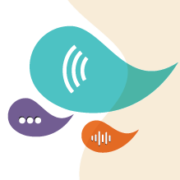
 But with comprehensive hearing care at the hands of an empathetic provider who truly understood the isolation and social difficulties sensory deprivation can cause, Micah’s condition became manageable.
“I know a world of sound because of an audiologist and her team who were devoted to me for over 20 years — the team that fit me, gave me batteries, reminded me of appointments, cleaned my hearing aids, sent them off for repairs, and knew me as an individual. They have given me courage, confidence, and success. I owe them more than the world.”
But with comprehensive hearing care at the hands of an empathetic provider who truly understood the isolation and social difficulties sensory deprivation can cause, Micah’s condition became manageable.
“I know a world of sound because of an audiologist and her team who were devoted to me for over 20 years — the team that fit me, gave me batteries, reminded me of appointments, cleaned my hearing aids, sent them off for repairs, and knew me as an individual. They have given me courage, confidence, and success. I owe them more than the world.”
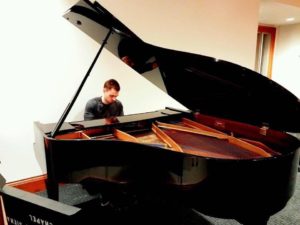 “Quite honestly, it took me 20 years to stand up straight to my condition, look it in the eyes, and call it my own. It is my hope that this story will […] act as a reminder of the cause hearing health care strives for.”
“Quite honestly, it took me 20 years to stand up straight to my condition, look it in the eyes, and call it my own. It is my hope that this story will […] act as a reminder of the cause hearing health care strives for.”



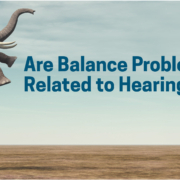
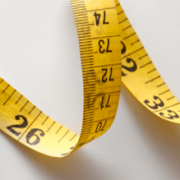
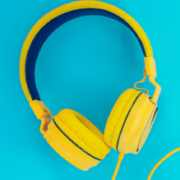

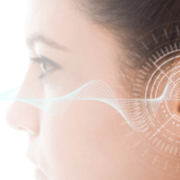
 Proudly Canadian and Independently Owned and Operated
Proudly Canadian and Independently Owned and Operated 

